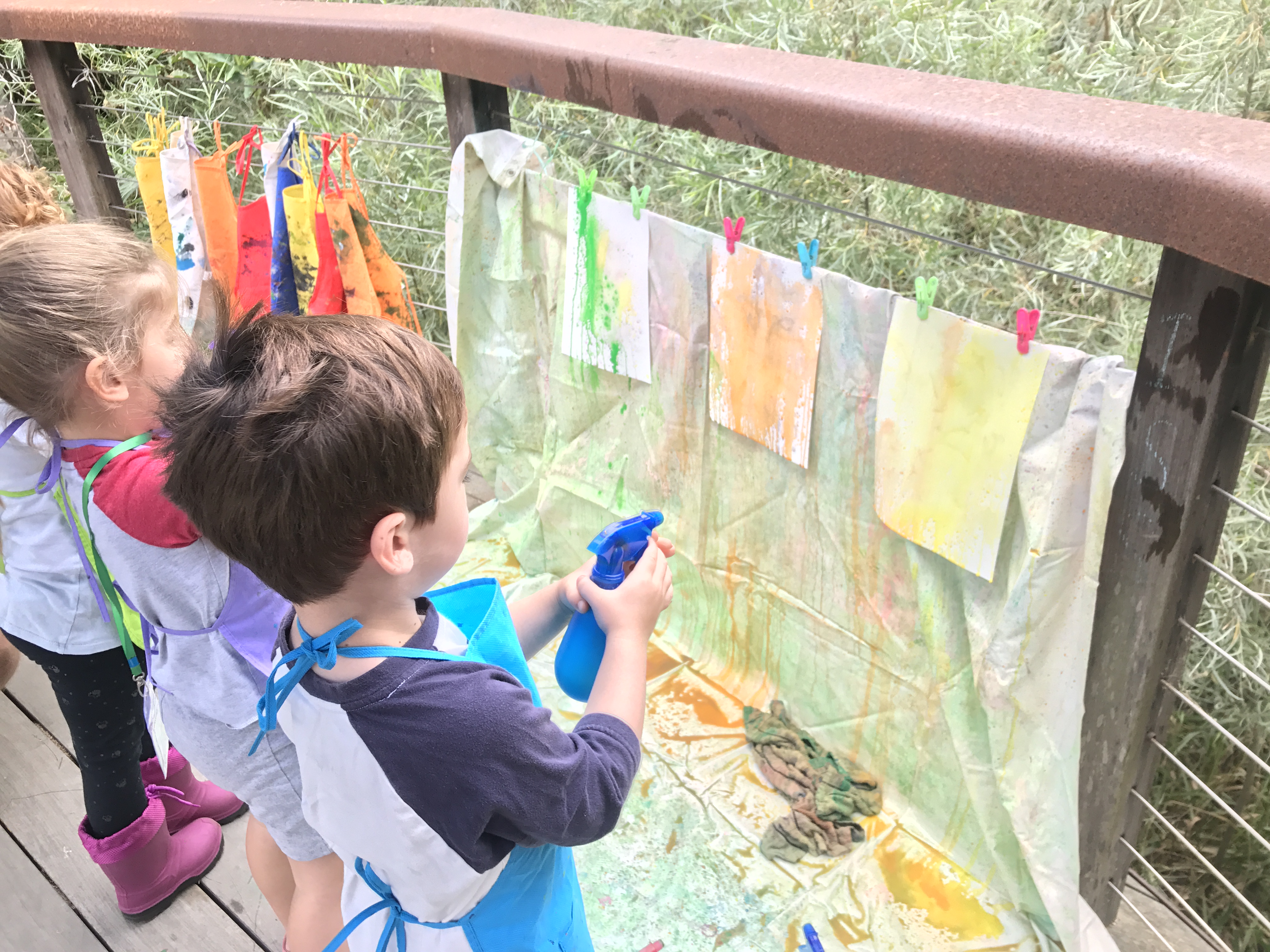I bet you’re excited and ready to start planning your first year art program! There’s so many things you can start prepping for to make your teaching first year experience go smooth. This blog I want to share art teaching advice if you are just starting, or even a couple years into your art program.
Here’s what you should be prepping for your first year:
- Building lesson plans & curriculum
- Art Scheduling & time segments
- Getting your art supply list together
- Ordering art supplies
- Planning art storage
- How to assess student skill-sets
- Art procedures
- Art Project Make & Take
How to Start First Year Art programing
When it comes to building lesson plans and art curriculum, the key lies in preparation and understanding your students’ learning capabilities. Crafting art lessons may seem daunting, especially if you lack art experience. The traditional approach of teaching complex concepts like those of the classical Masters and advanced Elements and Principles of Design isn’t always the best starting point. Students often struggle with such intricate ideas because they need a solid foundation in simple art elements first.
To kick off your art program, focus on introducing the fundamental art elements like Line, Shape, Color, and Form. These basic elements serve as building blocks for more advanced concepts. By mastering these foundational elements, students can better express themselves in their artwork and articulate their creative process effectively. Remember, starting with the basics lays a strong groundwork for a successful art education journey.
Art Teaching Book Advice
Interested in expanding your knowledge? Consider ordering these books for more specific insights into art education:
The truth is, you can effectively deliver art lessons without being a professional artist! Teaching art literacy and concepts doesn’t require artistic prowess. If you’re looking to enhance your teaching skills, check out my online course, Art Teaching Blueprint. It’s designed to equip you with the necessary tools to teach art effectively. Get ready to feel inspired as you embark on your first-year art program journey!
Create An Art Schedule First!
Understanding that every teacher has a unique schedule is key. Some may have just 15 minutes to teach or need to handle numerous students daily. I’ve navigated these scenarios by teaching from an art cart, moving between classrooms. The crucial step is to consider: What do you aim to teach your students this year? Which mediums and techniques hold importance for this period?
By carefully planning, you can structure lessons and time segments meaningfully. Remember, meaningful art experiences require adequate time. Even with limited class frequency, there’s enough time to make an impact, so fret not! Chart out the sessions needed to introduce each new concept thoughtfully.
How Long Should An Art Lesson Be?
To determine the duration of an art lesson, consider the set-up, artistic process, and clean-up. The length of the lesson varies based on the student’s age. For early childhood toddlers, you’ll handle all the set-up and clean-up, resulting in shorter lesson times. When teaching preschoolers, include time for them to learn these processes. Elementary students are typically more independent and can manage their set-up, clean-up, and project storage. If you’re short on time, handling these tasks can help streamline classes. Check out my art teacher training for more tips on managing art lessons within tight school schedules.
Gathering Art Materials
Begin by creating your wish list. Consider using an Amazon wishlist to keep track of your needs. Take advantage of back-to-school supply sales and prepare for the upcoming months by selecting high-quality art materials. Keep in mind that drawing and painting papers can be expensive, so be on the lookout for good deals. Use your cell phone to jot down items on your shopping list for easy reference while you shop. Having a running art list can help you decide on purchases, especially when items are on sale. Now is the time to get started on gathering your art supplies.
Here are are some blogs to help you if you are starting your first year art teaching.
- Ordering art supplies
- Planning art storage
- How to assess student skill-sets
- Art procedures
- Art Project Make & Take
I wish you the best first year bing an art teacher!
